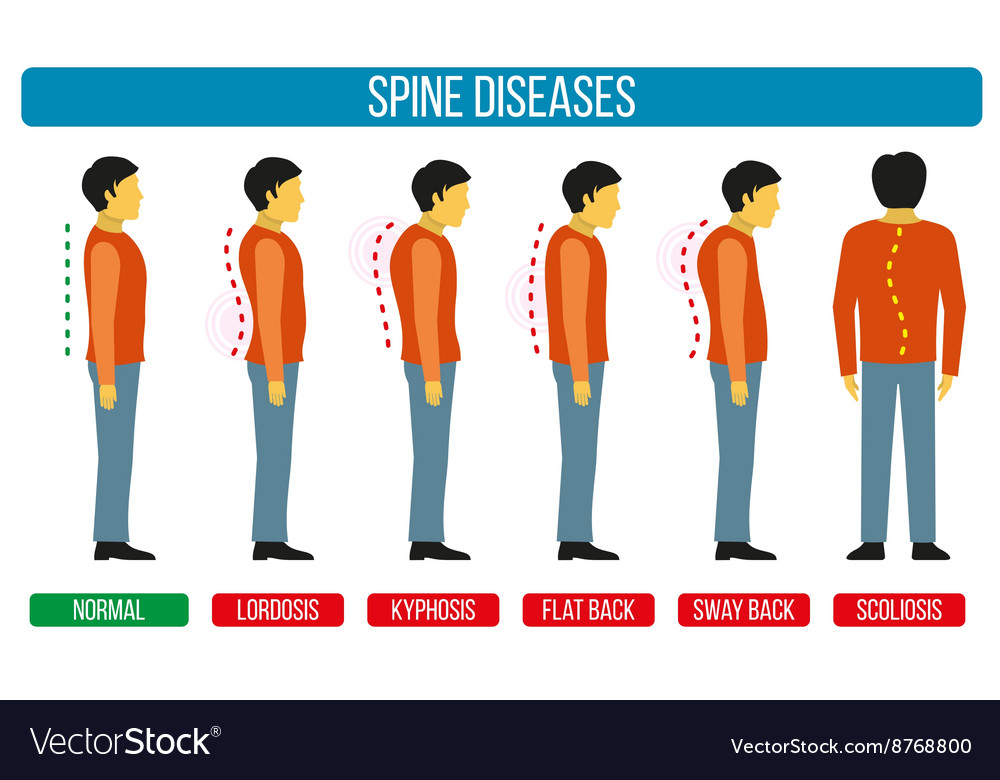An Exam Of Acupuncture Versus Various Discomfort Monitoring Comes Close To
An Exam Of Acupuncture Versus Various Discomfort Monitoring Comes Close To
Blog Article
Developed By-Robbins Oddershede
When you think about pain administration options, you could find yourself weighing the advantages and disadvantages of various strategies, consisting of acupuncture, over-the-counter medicines, and physical therapy. While lots of techniques provide relief, they commonly come with their very own set of obstacles, like adverse effects or lengthy treatment times. Acupuncture sticks out for its special capability to advertise self-regulation with less risks. But just how does its efficiency contrast to more standard methods? The nuances of these techniques can dramatically impact your choices, and exploring them further could lead to surprising understandings.
Overview of Pain Administration Techniques
When it concerns handling pain, you have a selection of techniques at hand. These methods can range from conventional techniques to much more different therapies. Comprehending your choices is crucial in discovering what functions best for you.
One typical technique is over the counter medications like advil or acetaminophen, which can provide fast relief for light to modest discomfort. Prescription medicines, including opioids, could be essential for more severe discomfort, though they feature risks of dependence and side effects.
Physical treatment is another efficient method, focusing on workouts and stretches to enhance muscle mass and improve flexibility. This method frequently assists in managing persistent pain problems.
In Highly recommended Reading , some individuals turn to more alternative options, such as massage treatment, which can relieve stress and enhance blood circulation.
Mind-body techniques, like mindfulness meditation or yoga exercise, assist you take care of pain by decreasing tension and boosting your psychological durability.
Finally, way of living changes, such as preserving a healthy and balanced diet regimen and regular workout, can play an essential duty in general discomfort monitoring. Each strategy has its pros and cons, so it's essential to explore what fits your needs and preferences best.
Conveniences of Acupuncture
Acupuncture provides an one-of-a-kind approach to discomfort management that stands out amongst numerous methods. By targeting certain factors on your body, it stimulates the circulation of energy, or "qi," advertising natural recovery and lowering pain.
Among the most significant benefits is its marginal adverse effects. Unlike some medications, which can cause dependency or unwanted health and wellness issues, acupuncture is an alternative treatment that urges your body's self-regulation.
You'll likely find that acupuncture sessions can help eliminate persistent pain, headaches, and even tension. Lots of people experience a sense of leisure and well-being during and after treatment, which can improve total lifestyle.
And also, it's a functional choice; it can be used together with various other therapies, making it a terrific enhance to your existing discomfort monitoring plan.
One more substantial benefit is that acupuncture can be customized to your specific needs. Your expert will assess your condition and create a tailored therapy plan, ensuring you get the treatment that best supports your recovery.
With its ancient origins and expanding approval in modern medicine, acupuncture stands apart as an engaging option for discomfort alleviation.
Comparing Efficiency and Results
Discomfort management techniques vary commonly in their effectiveness and outcomes, making it crucial to comprehend just how they compare to each other. When thinking about options like acupuncture, physical treatment, and medicine, you'll discover unique distinctions in just how each method addresses discomfort.
Acupuncture, for example, commonly provides relief for chronic discomfort conditions, with research studies revealing substantial enhancements in pain degrees for many people.
On the other hand, medicines like opioids can successfully manage acute pain however lug risks of dependency and adverse effects.
Physical therapy concentrates on recovery and might take longer to reveal results, which can be irritating if you require immediate relief.
When examining these methods, consider your specific discomfort kind and your individual wellness goals. Some individuals find that a combination of methods works ideal for them.
For instance, you might take advantage of acupuncture sessions along with physical therapy to make best use of recovery.
Inevitably, understanding the performance and end results of each technique will certainly aid you make informed decisions regarding your discomfort monitoring strategy, enabling you to select the approach that best fits your needs and lifestyle.
Final thought
In recap, acupuncture stands out as an important alternative to standard pain monitoring techniques. It uses quick alleviation and promotes self-regulation without the risks of reliance connected with medications. While physical treatment might require even more time for results, acupuncture can offer prompt advantages, making it an enticing choice for those seeking remedy for chronic discomfort and stress. By integrating acupuncture into your discomfort management plan, you can improve your general health and reclaim control over your wellness.
